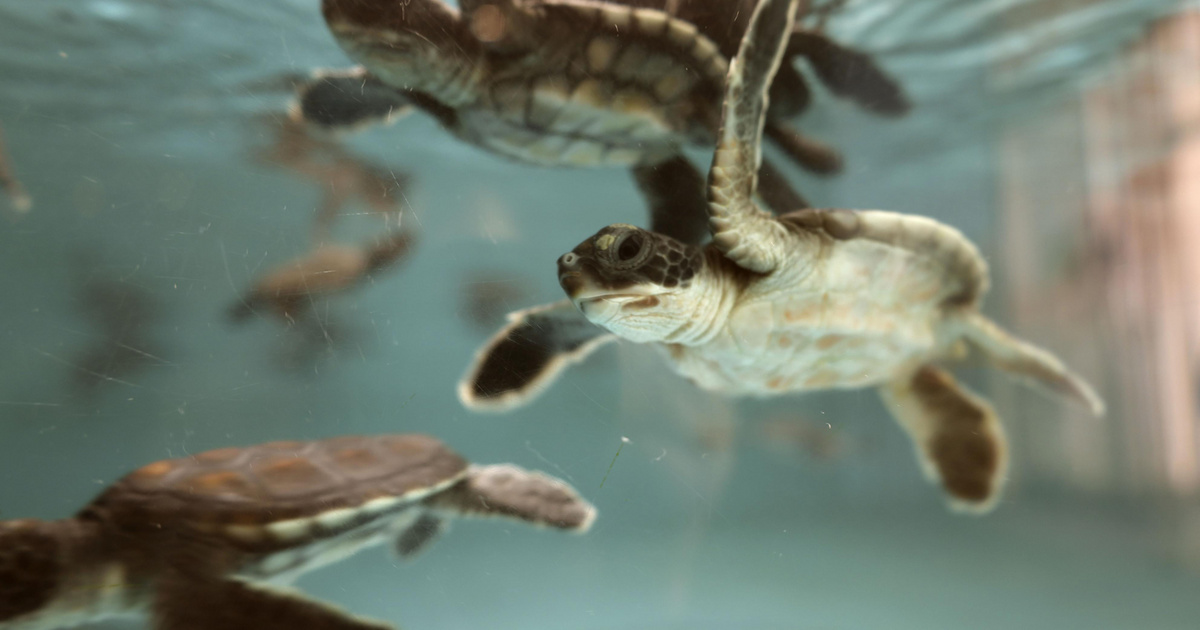A green sea turtle weighing 127 grams was found lying on its back in a rocky pond near Tamarama Beach in Sydney. One of its four fins was missing, the other had a chip on it, and its shield had a large hole in it.
Caregivers said that apart from injuries, the tortoise was in good physical shape and had no problem swimming, but then began to defecate and excrete plastic faeces for six days. “No stool came out, just pure plastic,” said Sarah Mali, a veterinary nurse in Taronga.
It was of all sizes, colors and combinations. Some were solid, some were sharp, and some showed graffiti on the plastic. That’s all some poor little creature eats. There is so much plastic around that they consume this as their first food.
pick up
Keepers say the tortoise has recovered and now weighs about 400 grams.
Despite the progress, it may take up to a full year before it is released back into land and coastal waters. According to the hospital, hatchling baby turtles are particularly vulnerable to predators due to their size. In addition to size, ocean temperature is also a factor – warmer water is better for turtles.
Taronga Wildlife Hospital takes care of up to 80 sea turtles annually
Many came with injuries after getting entangled in fishing ropes or from swallowing hooks and plastics.
His first food was plastic waste
Sarah Malley told guardian to me
Most enter the sea via rivers, are dumped along the coast, or left by fishing boats.
During an investigation on a beach on Henderson Island, one of the most isolated places in the world, nearly 38 million pieces of plastic were found scattered in the sand.
However, local measures have made a difference: As a result of local governments’ efforts to reduce litter, the amount of plastic pollution on Australia’s coasts has decreased by an average of 30 per cent.












































